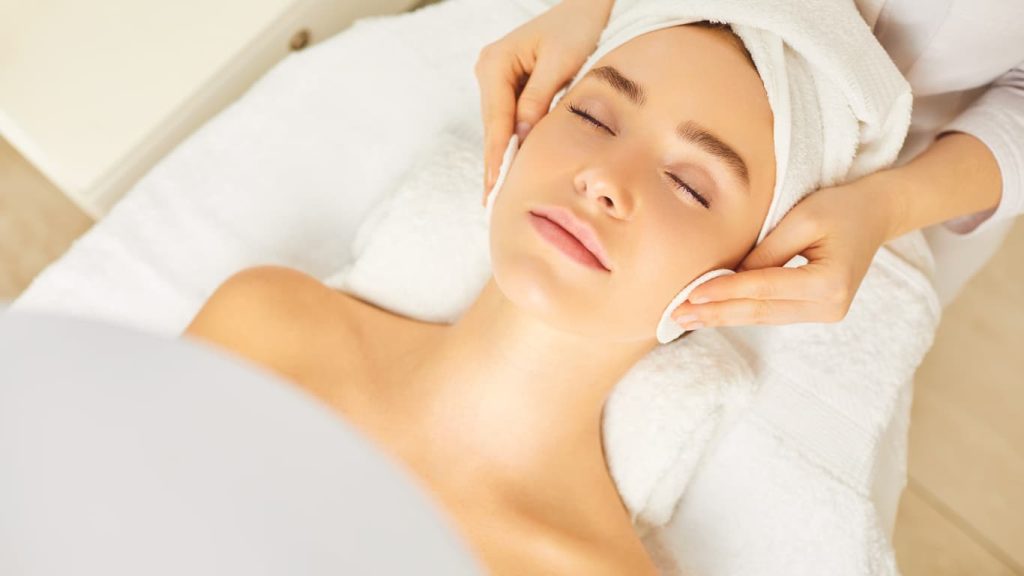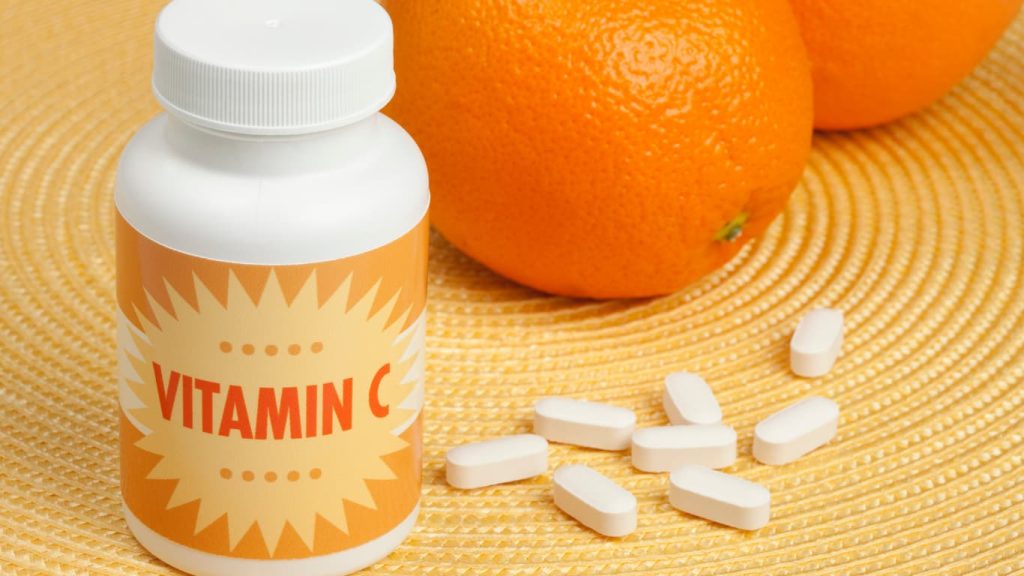I’ve never been one to believe in “miracle” ingredients in skincare. My medicine cabinet is the tomb of dozens of half-finished products that promised the earth but produced disappointment. So when everyone started going crazy over Vitamin C serums—that they could brighten skin, remove dark spots, and even make you look younger—I rolled my eyes. But after a harsh winter turned my complexion pale and worn out, I thought I’d take a chance with this highly-hyped ingredient. What was the worst that could happen but waste a little bit of my beauty budget? I committed to applying Vitamin C for a week to see if it lived up to all the buzz. Spoiler alert: I wasn’t prepared for what went down with my complexion.

What is Vitamin C and Why It’s Good for Your Skin
Before diving into my experience, let’s talk about what makes Vitamin C such a skincare superstar. Vitamin C (ascorbic acid in its purest form) is a potent antioxidant that neutralizes free radicals—those unstable molecules that damage skin cells and accelerate aging. It’s known for its ability to brighten complexion, stimulate collagen production (hello, firmer skin!), and fade hyperpigmentation.
What distinguishes it from other hot ingredients is that it has intense scientific backing. Dermatologists prescribe it no matter what because it addresses a number of skin issues simultaneously: dullness, uneven tone, fine lines, and environmental damage. No wonder it’s become a non-negotiable in so many people’s skincare regimens!
My 7-Day Vitamin C Journey
Day 1: First Impressions
I chose a 15% L-ascorbic acid serum in a dark bottle with a dropper (I’d heard that Vitamin C degrades when it gets light and air). The serum had a slightly citrus scent with a light, watery consistency that dried instantly. The first thing I thought after applying it? “This stings.is that okay?” It wasn’t bad, it was just noticeable. My skin was slightly sticky for perhaps two minutes before moisturizing. Nothing spectacular happened, but my coloring did seem brightened—surely the placebo effect of experiencing something novel.
Day 2-3: The Adjustment Period
By the second day, the buzzing was eliminated. My skin appeared to be a bit more. awake? I don’t know how to describe it, but there was a gentle glow that wasn’t there before. On day three, I woke up with a small breakout on my chin. Was Vitamin C purging my skin or irritating it? I decided to grit it out but was sure to apply a thinner layer that evening.

Day 4-5: The Turning Point
The fourth morning broke, and the first “wow” moment arrived. The breakout had subsided, and there was an unmistakable gloss to my skin that could not be due to lighting or wishful thinking. My colleague even questioned if I had slept better! By day five, I saw something even more incredible—a recalcitrant dark spot near my cheekbone (the result of a picking incident of which I am not particularly fond) was lighter. Not gone, but noticeably pale. I found myself using less concealer that morning.
Day 6-7: The Final Stretch
The last two days cemented my devotion to the Vitamin C faithful. My skin looked more even than it had in months. The texture was smoother, and there was a radiance that left me feeling like I’d just returned from vacation rather than stuck in front of my computer for 60 hours a week. The most surprising result? The lines under my eyes looked slightly less deep. I hadn’t been hoping for that after only a week.
The Science Behind Vitamin C
To make sense of my findings, I researched how Vitamin C really works. When applied to the skin, it penetrates and stimulates fibroblasts-the collagen-producing cells. Increased collagen equals tighter, younger-looking skin with fewer noticeable fine lines.
What is special about Vitamin C is that it can inhibit melanin production, making dark spots fade, and stopping new ones from forming. As an antioxidant, it also shields the skin from environmental damage that leads to premature aging.
The form of Vitamin C is important. L-ascorbic acid is the most effective, but unstable and irritating to sensitive skin. Derivatives such as magnesium ascorbyl phosphate and sodium ascorbyl phosphate are milder versions, albeit slightly less effective. My serum contained L-ascorbic acid, hence both the dramatic effects and the initial tingling sensation.

My Final Verdict
At seven days of consistent use, I’m truly amazed at what Vitamin C accomplished. My complexion is much brighter, more toned in color, and has a radiant glow that no highlighter has ever managed to give me. The lightening of the dark spot was the most concrete proof that this ingredient delivers as claimed.
Would I use it? Yes—with caution. If you are sensitive, start with a lower dose (5-10%) or a less potent derivative. Vitamin C seems particularly wonderful for lackluster skin, uneven pigmentation, or premature aging. While one week was amazingly effective, I suspect the long-term benefit would be even more remarkable.
Tips for Using Vitamin C in Your Skincare Routine
If you’re interested in adding Vitamin C to your regimen, this is what I’ve found to be most effective:
Use in the morning: Vitamin C provides antioxidant protection from environmental stressors that occur during the day, so it’s best used in the daytime. Just don’t forget to put on sunscreen afterwards (which hopefully you’re already doing, anyway.).
Layer appropriately: Use Vitamin C on clean, dry skin following toning but prior to moisturizing. Wait 90 seconds before applying the subsequent product to enable effective absorption.
Store appropriately: Store your Vitamin C serum in a dark, cool location. Refrigeration can increase its shelf life and make the application feel cool and refreshing.
Be consistent: The effects get better with regular use. Even after observing changes, further application is required to sustain and further the benefits.
Watch for oxidation: If your serum has oxidized and become yellow or brown, it is oxidized and not effective. Time to get rid of it!

My week-long Vitamin C experiment converted this cynic into a believer. Although no skincare product is absolutely miraculous, Vitamin C is close with its capacity to lighten, shield, and revive skin in a relatively brief period of time. The secret is discovering a good formula and applying it regularly.
If my complexion after just seven days is anything to be taken from, this is one product that delivers on its bright reviews. Why not treat your skin to the Vitamin C jolt and see what difference you can make in a week?
Interested in learning more about how to whiten your skin? Check out our other skincare tutorials here for tips and product recommendations!
